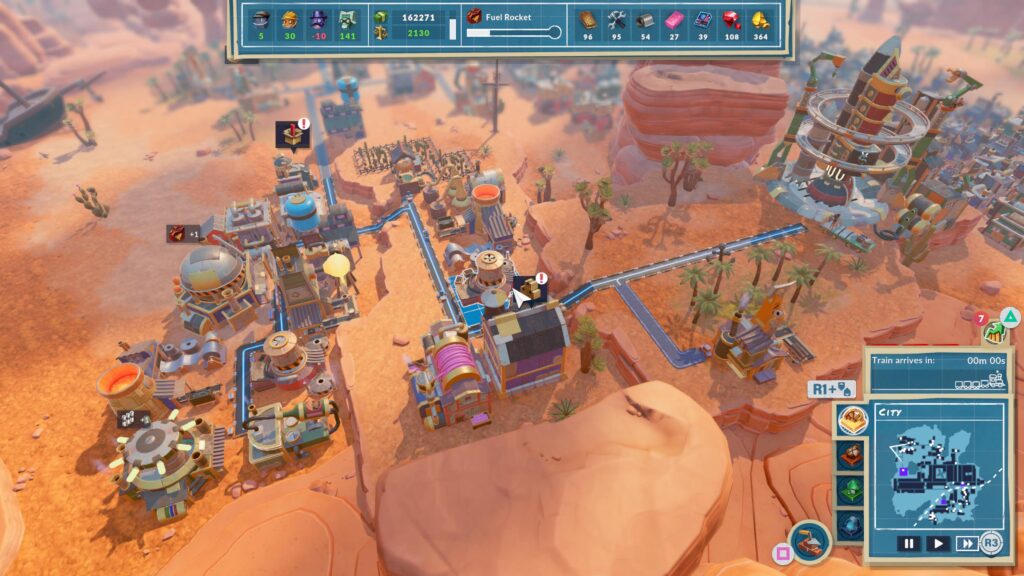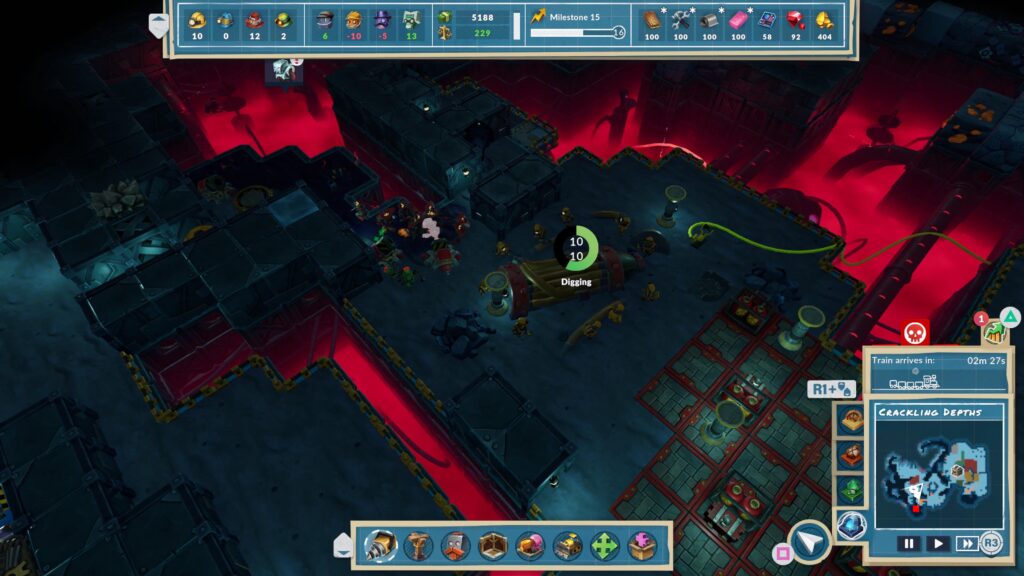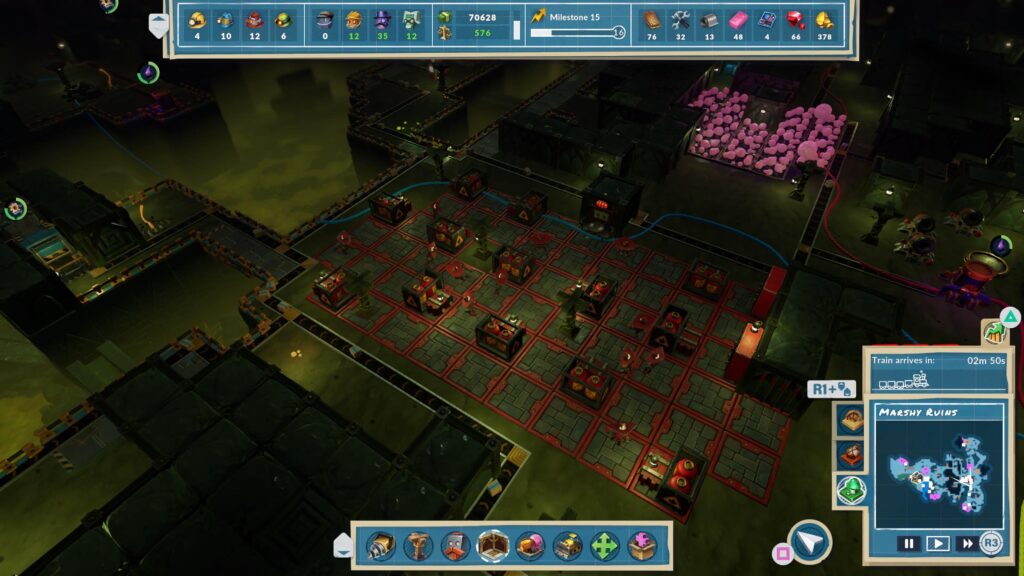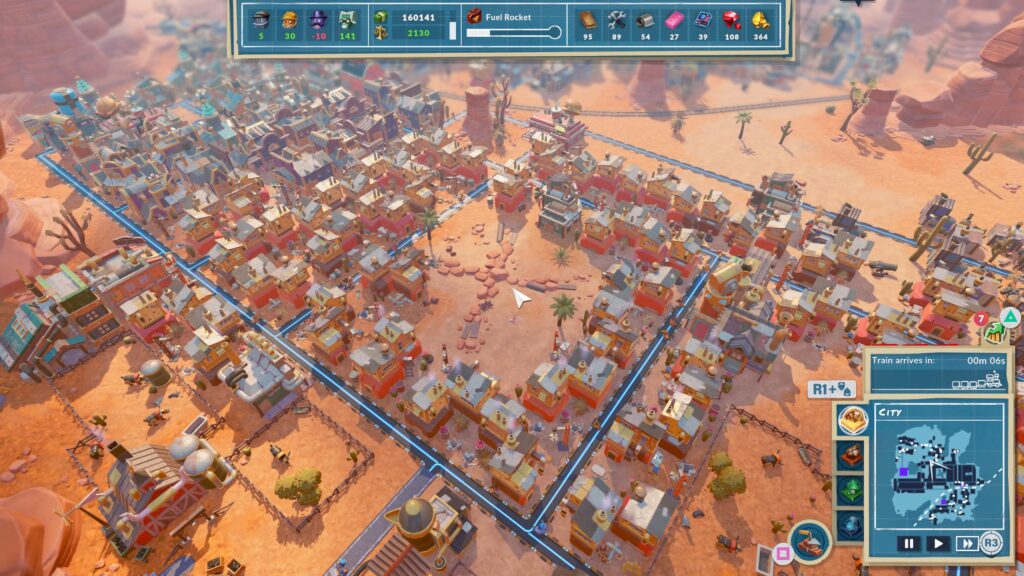- Genre: Action/Adventure
- Platform: Switch
This game surprised me in a lot of ways. Unlike Bayonetta, it’s a low slower paced. Unlike many action/adventure games, it’s focused more on puzzle solving. Unlike most Nintendo titles, it has what initially feels like a complicated and confounding control scheme but trusts that its players will put the pieces together. It drops the series’ relatively realistic visuals for a storybook painter feel while also dropping as much of the over the top bombastic elements as a game about witches, demons, and fairies realistically could. If anything could be an anti-Bayonetta yet still exist in the IP, I suppose it makes sense that this is what it would come out being.

The control scheme is going to be the thing that makes most people pause when they look at this and go did Nintendo really allow this? It’s not bad, but it’s decidedly weird. The left analog stick and shoulders control Cereza. The right analog stick and shoulders control her demon. This is active at all times and a camera restriction forces them to be within a reasonable distance of each other. The thing that is unusual about this is that in an action game, splitting focus is typically wildly dangerous. I’m not going to say that I didn’t get into situations where I totally lost a character on screen, because it happened. However, I was often moving the two as a unit because of the mechanics that were chosen.
Cereza’s not really a combat unit in this case. What her powers are focused around is crowd control. She increasingly becomes able to stun lock one to multiple units throughout combat via her magic. This then lets her demon deal out extra damage, or in a lot of cases for my play style allowed me to focus damage on units that were not crowd controlled. The demon also has elemental powers to help specific situations – rock to break shields, water to kill fire, etc – so most of my time in combat was really a minimal portion of my brain dedicated to using my crowd control, then most of my brain focusing on demon attacks.

It surprised me how often this just worked pretty well. The game generally didn’t toss a ton of units at you at one time so losing focus on one of your characters wasn’t generally a huge issue. High danger situations for attacks typically involved boss fights, and in those cases there are lots of tools to deal with them as well. You can re-summon the demon to Cereza at any time and with later upgrades allow Cereza to move quicker when they’re together. This is really what made boss fights click. In those cases, the focus was always just the boss and playing around with their tells to stay out of danger vs using the right elements to open opportunities for Cereza to stun them and get damage in.
Ultimately it feels like combat was crafted for the control scheme rather than around it, and I get that feels like a vague distinction. In this case though, the combat is very clearly tuned toward a situation in which the player doesn’t have as good of focus as usual, so all the tools in play are to reduce the speed of needing to think. CC gives the player more safety and time. Damage buffs reinforce the use of CC. Limited enemy counts allow you to focus both characters on one spot with independent movement. Element requirements give you something specific to action upon that doesn’t involve a change in focus. It is all crafted to enhance the experience rather than a 2.5D combat experience being grafted into a weird control scheme.

The rest of the experience surrounding this is just kind of the cherry on top. There’s a decent upgrade system here to grant the player some feeling of a power curve that they can choose the direction of. There’s some light Metroidvania elements in the environment to make retraversal both beneficial and fun. There’s some light time attack elements to optional dungeons to give some side content to hit. There’s a good mix and rhythm to changes between puzzle sections and combat sections to keep the player engaged throughout. It all just kind of works well. Is it anything mind blowing? Not really. It’s all just kind of done at a high enough standard to not be a detriment, and that’s perfect for what it is.
However, this does bring up a thought that I had the entire time. Why does this game not have couch co-op? All of the entirely practical development reasons for couch co-op to not exist – screen real estate and performance with split viewports, game balance, mechanical oddities, etc – have been dealt with here. You always have two characters, they always exist independently, their UI elements are always present on screen, and there are mechanical reasons for the camera to be forcefully restricted to keep them nearby. Couch co-op is literally a drop in for this design. There are a tiny handful of spots that don’t have both characters playable for story reasons, but even then the mechanics of one or the other player having a short solo experience are fine in context for people playing together. Co-op simply just does not exist, and it’s a shame. This is a theoretically great title for people to co-op since you have two characters with two wildly different mechanic sets to allow players to choose the play style – offensive or defensive – that they prefer.

I played this on a whim and came away happily surprised. I’m generally a fan of the Bayonetta series but this was obviously something very different. Where Bayonetta is thematically as anti-Nintendo as they come, this game is for gameplay reasons as anti-Nintendo as they come. However, despite that it all works very well which leads me to believe that this was more carefully considered than I’m imagining. The controls are relatively complex but the gameplay feels tailored toward them. It ends up being an experience that feels like a well thought out package, rather than a game grafted onto a weird control scheme. It ends up just being a really pleasant surprise.










